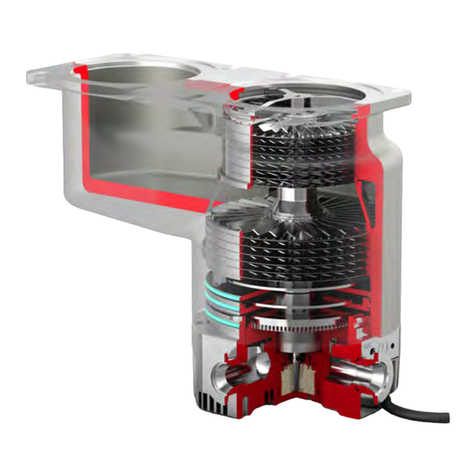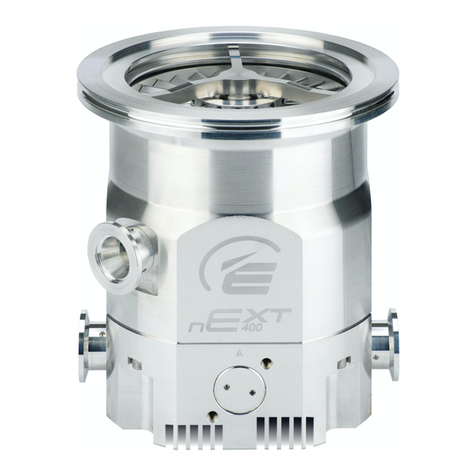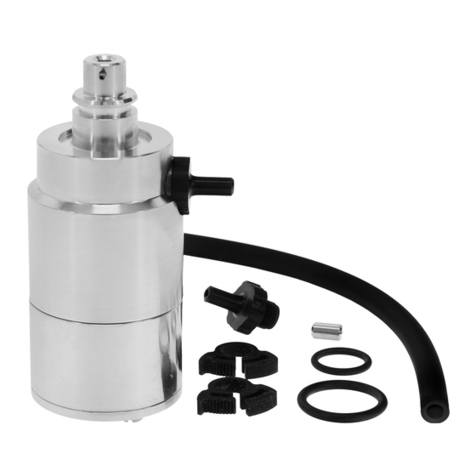Edwards nES Series User manual




















This manual suits for next models
9
Table of contents
Other Edwards Water Pump manuals
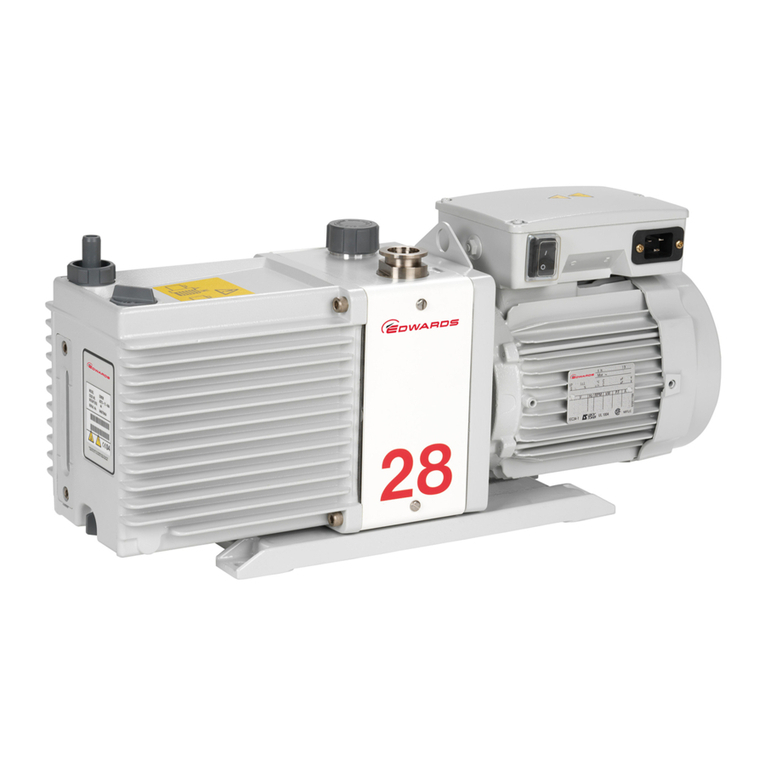
Edwards
Edwards E2M28 User manual
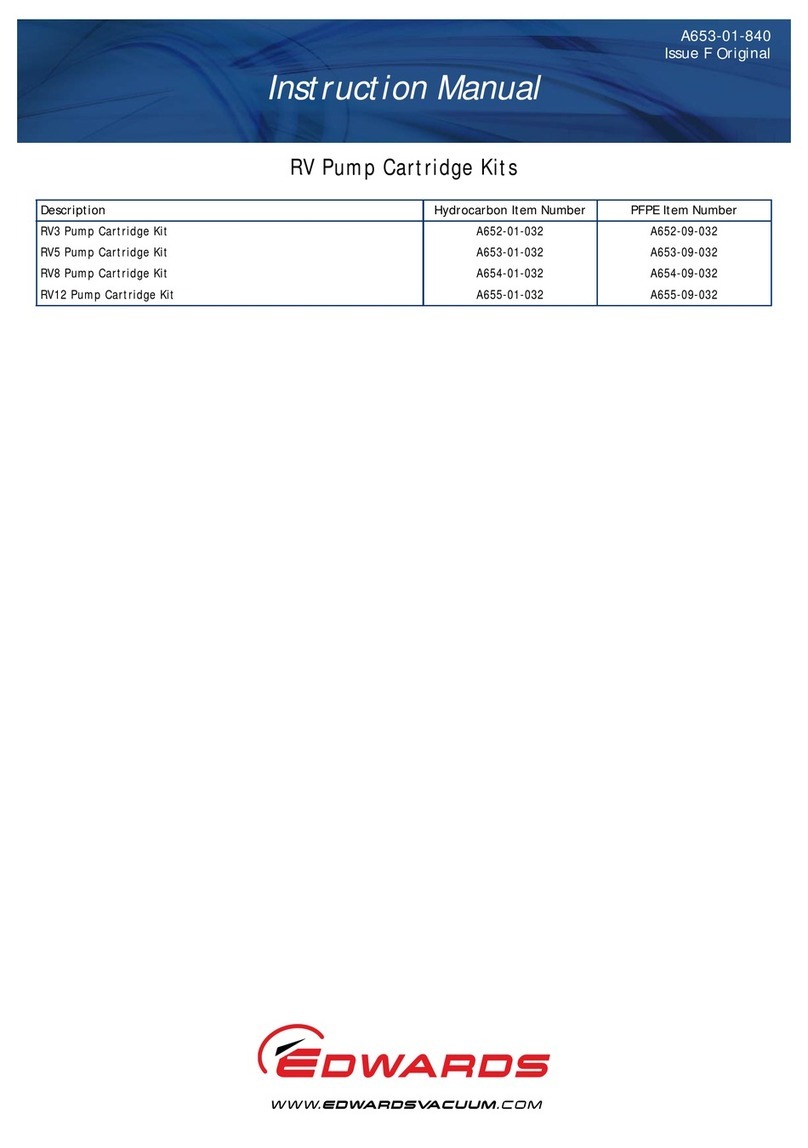
Edwards
Edwards RV Series User manual
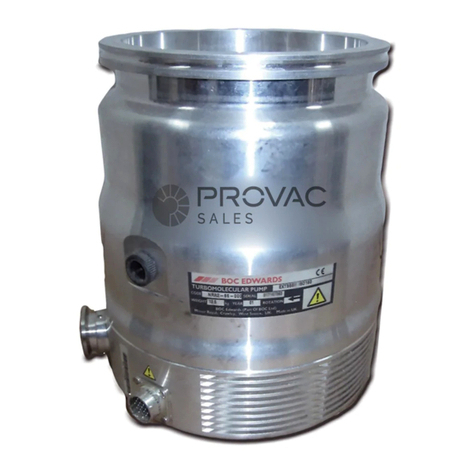
Edwards
Edwards EXT555H User manual
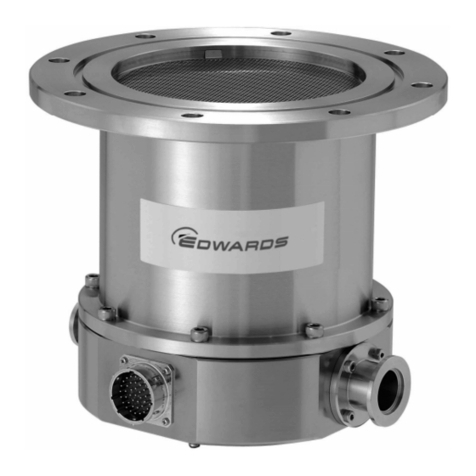
Edwards
Edwards STP-301 Series User manual

Edwards
Edwards EDS 200 User manual
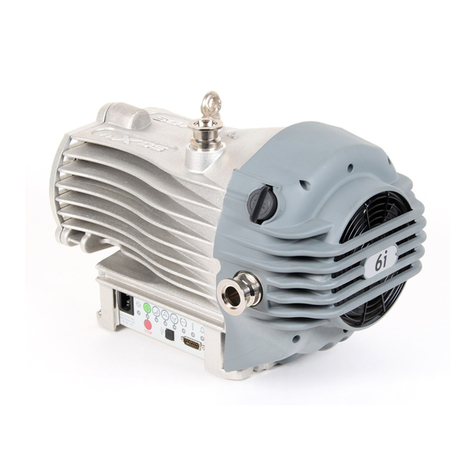
Edwards
Edwards nXDS6i User manual
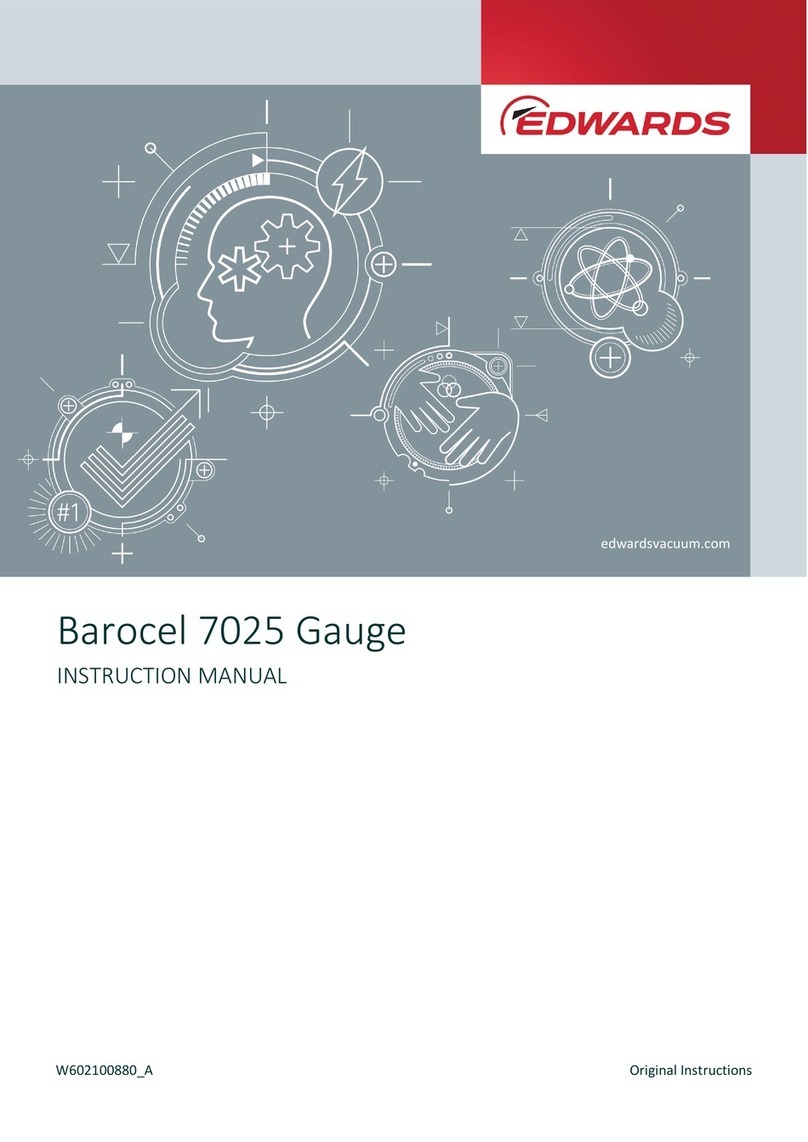
Edwards
Edwards Barocel 7025 User manual
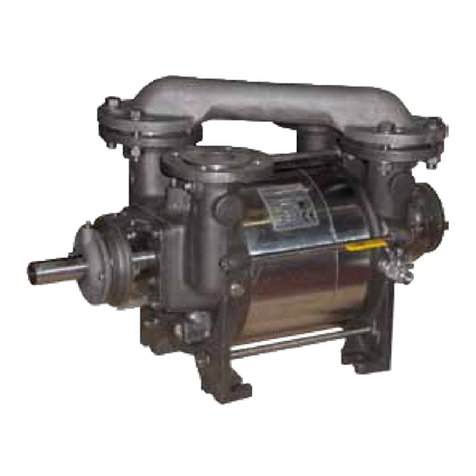
Edwards
Edwards ATEX 1 EHR User manual
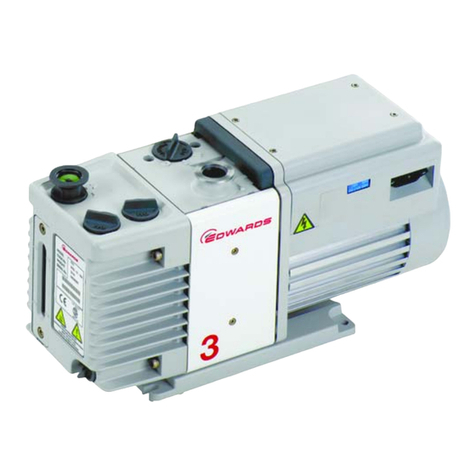
Edwards
Edwards RV3 User manual
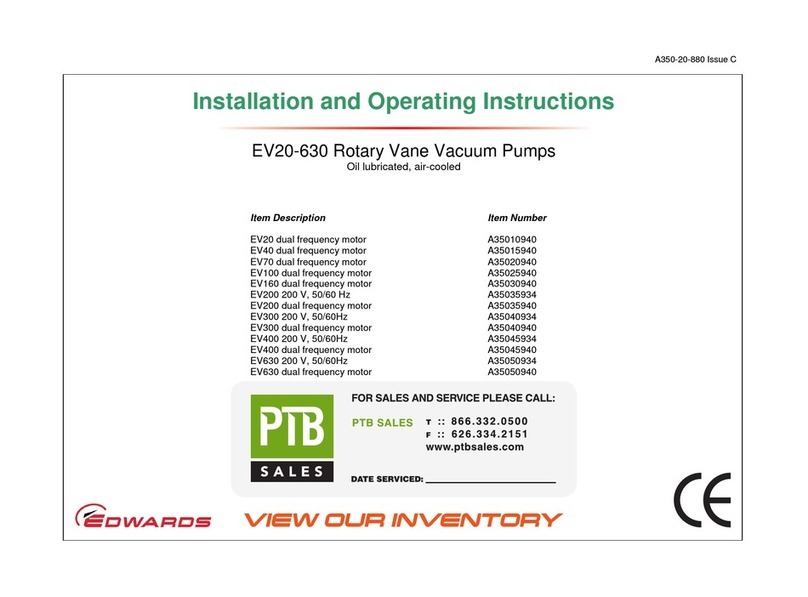
Edwards
Edwards EV20 User manual

Edwards
Edwards STP-iXR1606 User manual
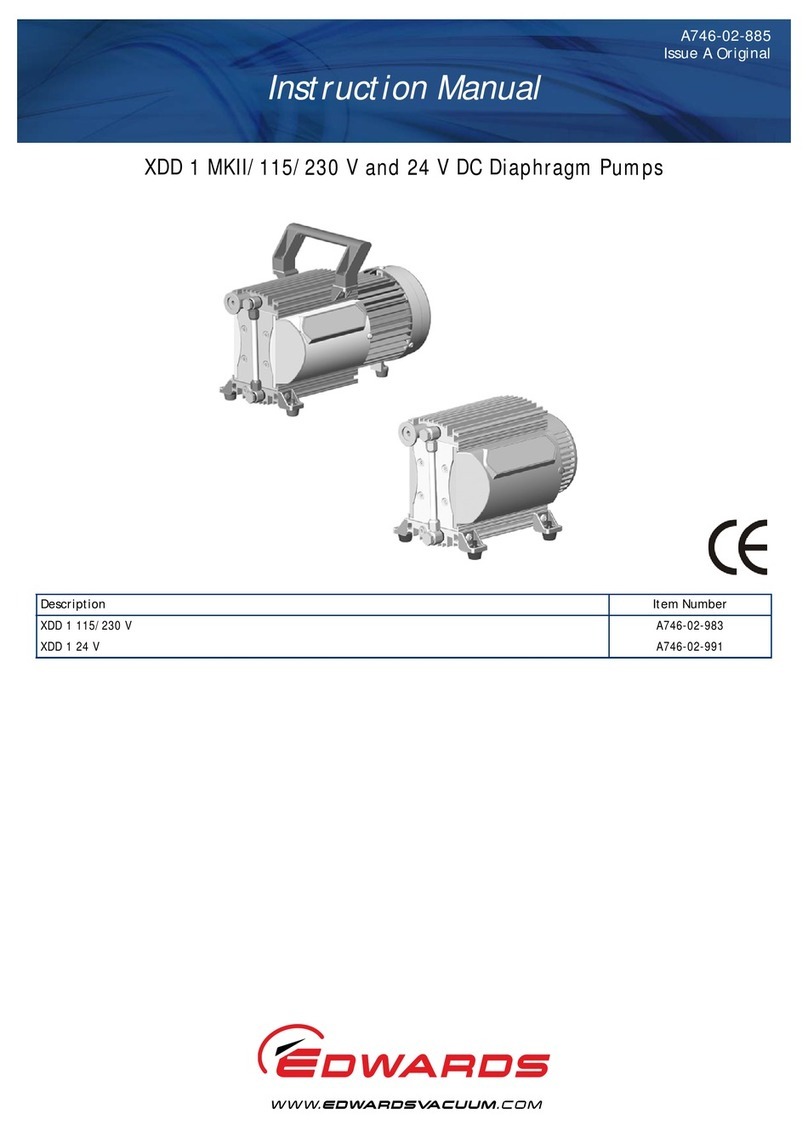
Edwards
Edwards XDD 1 115/230 V User manual
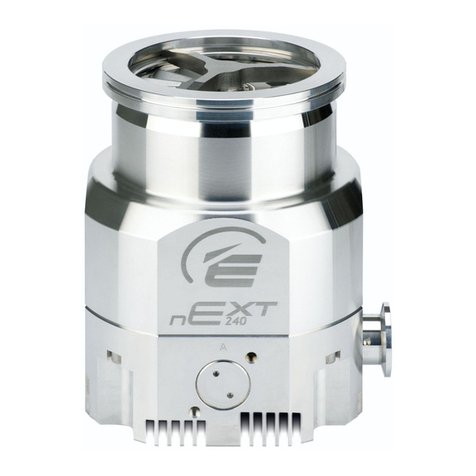
Edwards
Edwards nEXT 240D User manual

Edwards
Edwards STP Series User manual

Edwards
Edwards CXS 160 User manual
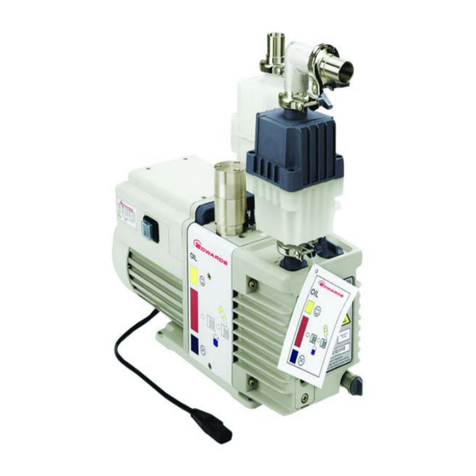
Edwards
Edwards E-LAB 2 User manual
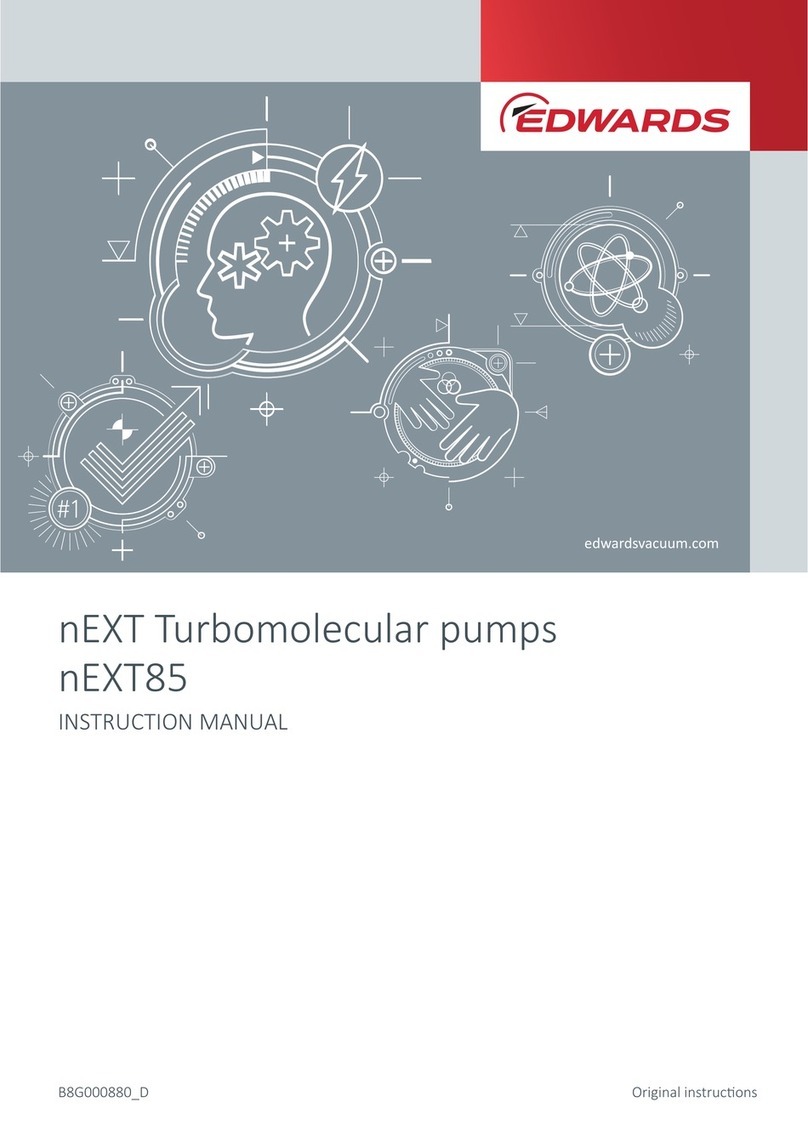
Edwards
Edwards nEXT85 User manual

Edwards
Edwards T-Station 300 User manual

Edwards
Edwards XDD1 115 V AC User manual
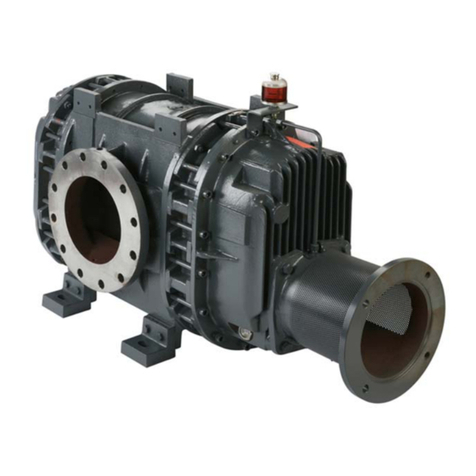
Edwards
Edwards HV8000 VF User manual
Popular Water Pump manuals by other brands

variolux
variolux V-GP 900 operating instructions
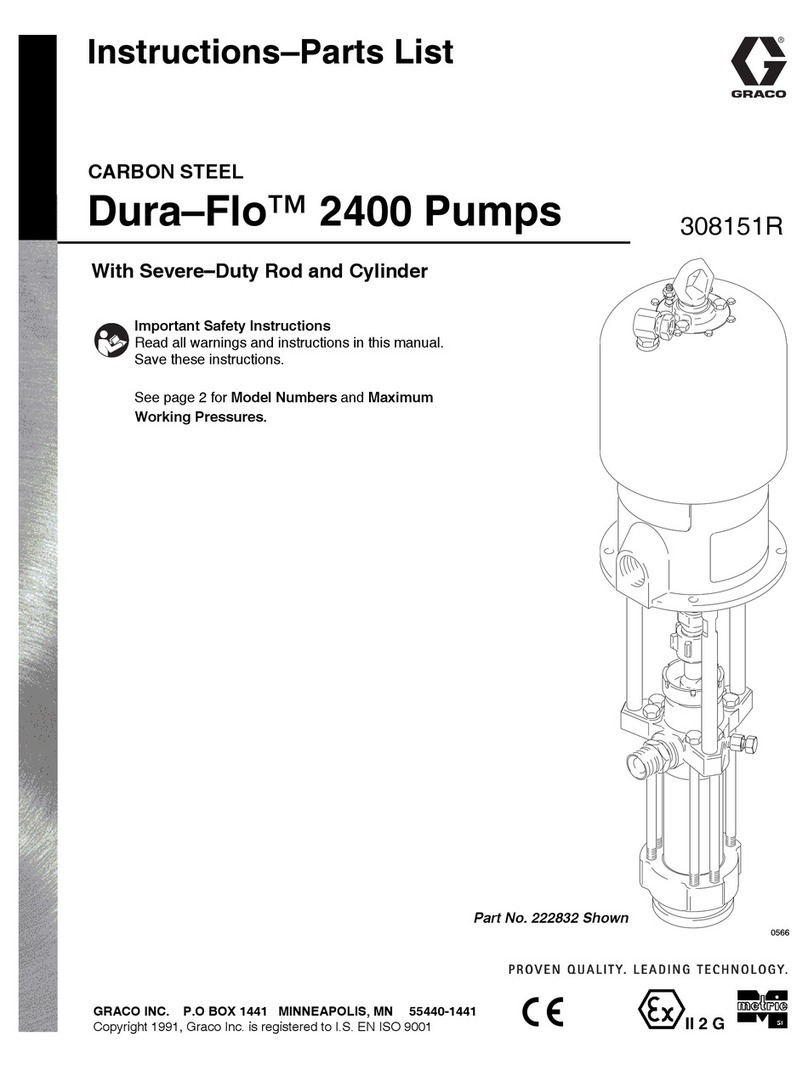
Graco
Graco Dura-Flo Instructions-parts list

LEYBOLD
LEYBOLD TURBOVAC TW 250 S operating instructions

Marina
Marina 75 instruction manual
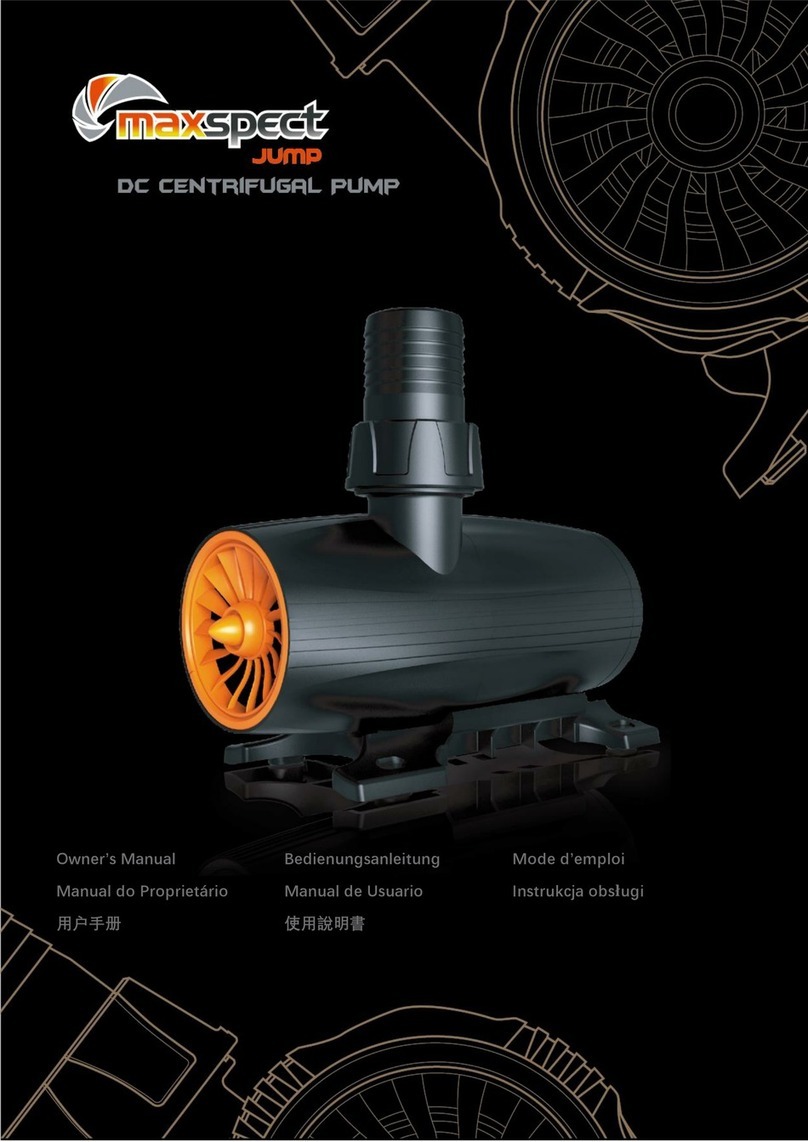
Maxspect
Maxspect Jump Series owner's manual
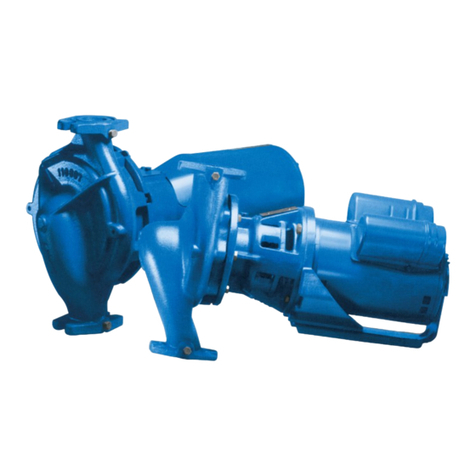
Pentair
Pentair AURORA 1070 Series INSTRUCTION, INSTALLATION, MAINTENANCE AND REPAIR MANUAL
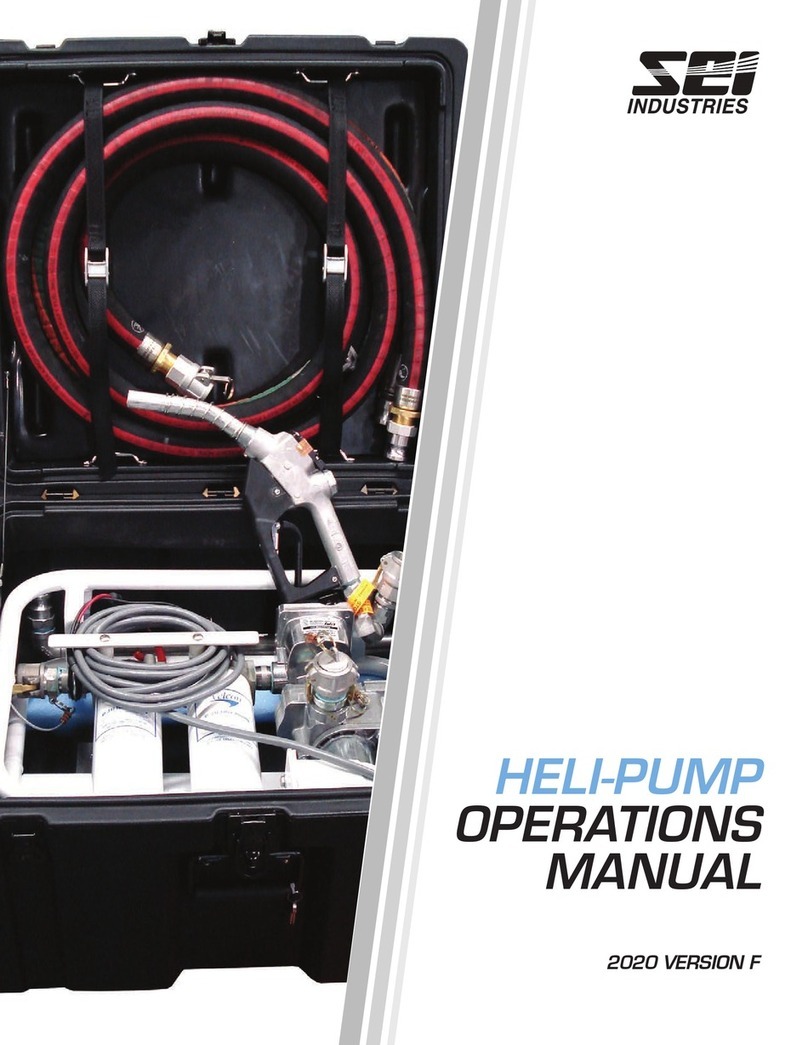
SEI Industries
SEI Industries HELI-PUMP Operation manual

STA-RITE
STA-RITE DB10018T-02 owner's manual

Sears
Sears Craftsman 390.2655 owner's manual

Daewoo
Daewoo DDP17000 user manual

GORMAN-RUPP PUMPS
GORMAN-RUPP PUMPS 80 Series Installation, operation, and maintenance manual with parts list

BRINKMANN PUMPS
BRINKMANN PUMPS SXC2824-R operating instructions
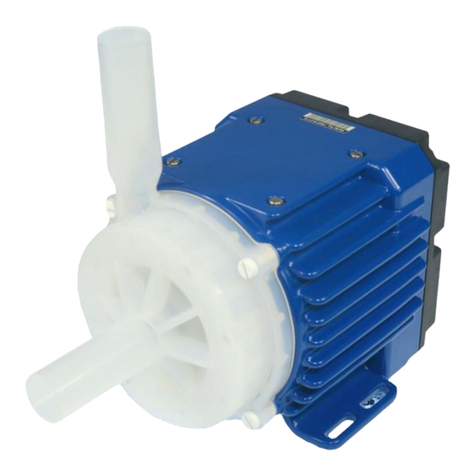
Levitronix
Levitronix BPS-i600 user manual

Industrial Gold
Industrial Gold G43 owner's manual

Einhell Royal
Einhell Royal HWA 810 operating instructions

Lavor
Lavor EDS-PM 12500 instruction manual

Franklin Electric
Franklin Electric Little Giant BE Series instruction manual
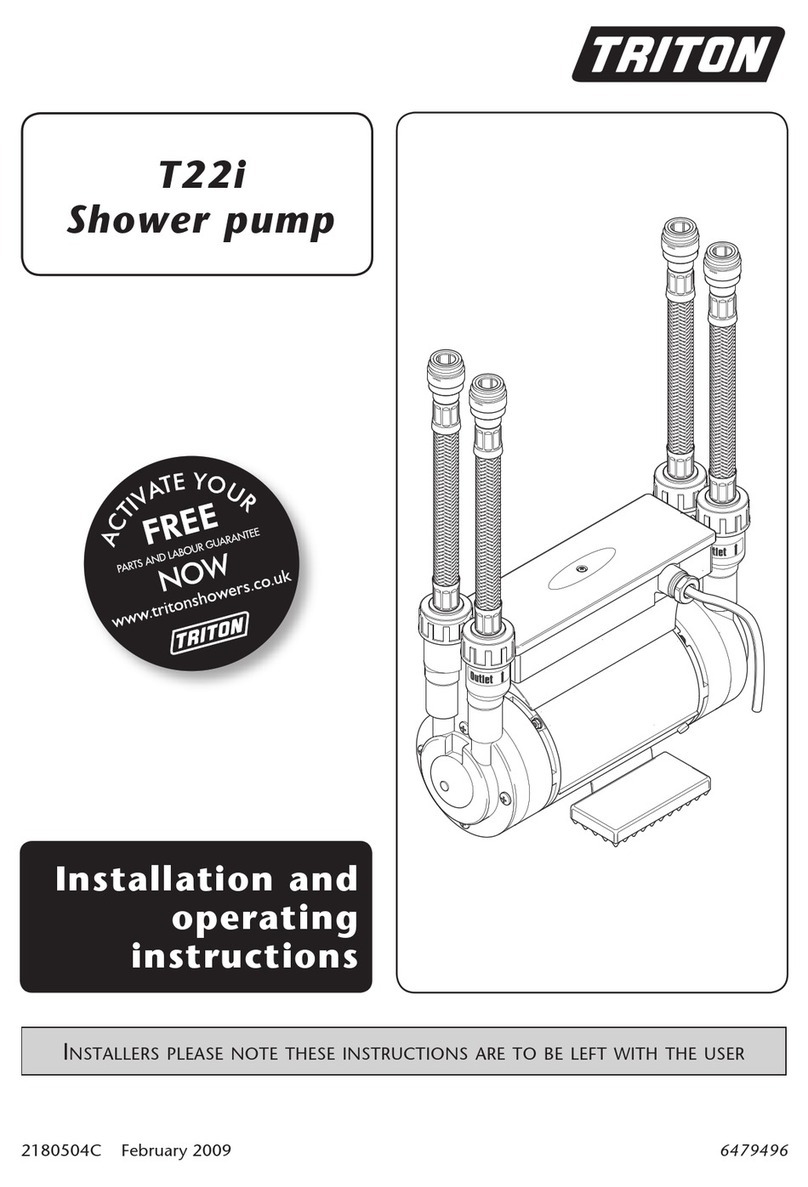
Triton
Triton T22i Installation and operating instructions
